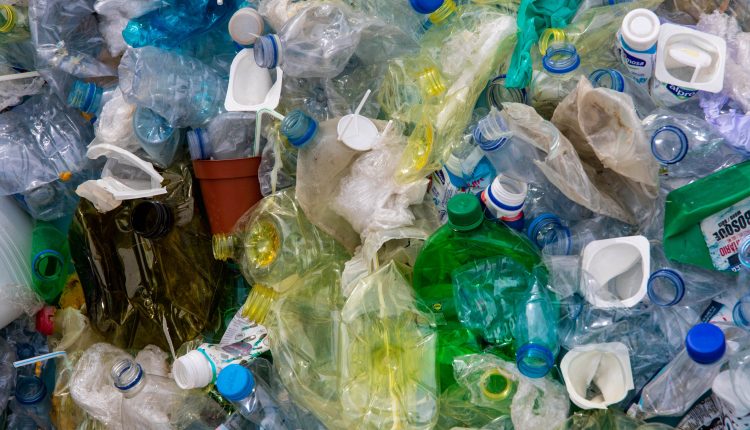Plastic Awareness Sparks Scientist Commitment to Cut Back on Bottled Water Usage
A recent study revealed an unexpected finding – it appears that a standard liter of bottled water contains an alarming number of tiny plastic particles.
This discovery has led researchers to reconsider their own consumption patterns, even though there are still uncertainties surrounding the potential risks involved.
Employing state-of-the-art laser-powered microscopes, experts scrutinized samples from three undisclosed bottled water brands, revealing a disconcerting range of 110,000 to 400,000 plastic fragments per liter.
Published in the Proceedings of the National Academy of Sciences, the findings disclosed an average of approximately 240,000 minute plastic particles.
Although the specific brands examined remained anonymous, lead researcher Naixin Qian disclosed that they were popular choices available at a major national retailer.
Bringing attention to a known problem, the study defined that a majority of the plastic particles were not the usual microplastics, but instead nanoplastics.
These nanoplastics are even smaller in size and are believed to be more toxic, increasing the likelihood of them entering the human body.
The researchers speculated that the plastic contamination likely originated from both the bottle material and the filtration systems implemented by water companies, designed to eliminate pollutants.
Health Risks of Microplastics

To provide context, microplastics possess a diameter below 5 mm, while nanoplastics range from 1 to 100 or 1000 nanometers.
The researchers underscored the potential health impact, acknowledging that the consequences are currently under review, with uncertainties about the level of danger.
Citing previous studies, the report noted that microplastics could adversely affect various human body systems, including the digestive, respiratory, endocrine, reproductive, and immune systems.
Moreover, microplastics were found to induce chemical toxicity by absorbing environmental toxins like heavy metals and polycyclic aromatic hydrocarbons.
In response to their own findings, the researchers disclosed a personal shift in behavior, with study co-author Phoebe Stapleton opting for filtered tap water, and colleague Wei Min, a chemist, reducing his bottled water intake.
Despite these adjustments, chemist and co-author Beizhan Yan acknowledged the challenges, stating, “there’s just no win” as water filtration systems themselves could introduce microplastics into the water supply.
This revelation comes in the wake of previous discoveries, such as microplastics found in human heart tissue last August, and a study reporting that individuals inhale the equivalent of a credit card-sized amount of microplastics weekly.
The pervasive nature of microplastics has raised questions about the potential long-term impact on health and the urgent need to explore safer alternatives.
